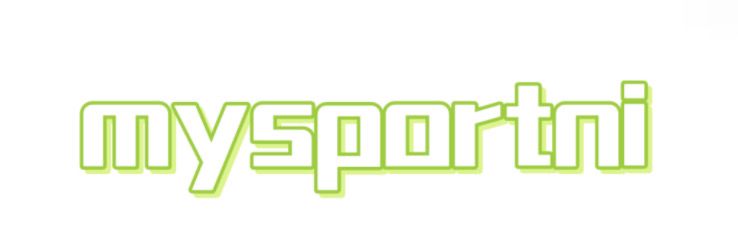Is Your Single Needle Quilting Machine Causing Stitching Problems?
Are you struggling with stitching issues on your quilting projects? If you own a single needle quilting machine, it might be the source of your frustrations. Let's dive into the common stitching problems you may encounter, explore their causes, and discover solutions that will enhance your quilting experience.
Are you interested in learning more about Single Needle Quilting Machine? Contact us today to secure an expert consultation!
Common Stitching Problems and Their Causes
Quilters often face a range of stitching issues, from skipped stitches to uneven tension. According to a recent survey of quilters, nearly 60% reported encountering some sort of stitching problem with their machines. Understanding these issues is the first step toward finding effective solutions.
Skipped Stitches: One of the most frequent complaints among single needle quilting machine users is skipped stitches. This can happen when the needle is dull, improper tension settings are applied, or the fabric is not compatible with the needle being used. Regular maintenance of your machine, like changing the needle and cleaning the feed dogs, can significantly reduce this problem.
Uneven Tension: Have you ever noticed that some stitches are loose while others are too tight? This imbalance can often be attributed to incorrect threading or a dirty bobbin case. Simple adjustments to your thread tension or routine cleaning can greatly improve stitch consistency.
Fabric Feeding Issues: Sometimes, you may find your fabric not feeding evenly through the machine. This often occurs when your machine isn’t set up correctly for the thickness or type of fabric being used. Utilizing the right presser foot can make a huge difference in how your fabric moves.
Innovative Features of Modern Machines
The latest advancements in quilting technology have brought significant improvements to single needle quilting machines. For instance, many machines now come equipped with digital tension controls, making it much easier to achieve the perfect stitch every time. This feature allows users to adjust tension settings with a simple button press, rather than manually twisting knobs.
Want more information on Automatic Quilting Machine? Feel free to contact us.
Additionally, many new models offer automatic thread cutting, which not only saves time but also ensures clean and professional results. Imagine completing a long quilting session without the hassle of stopping to trim threads!
The Future of Quilting: Efficiency and Sustainability
As the quilting industry evolves, we're seeing a shift towards more sustainable practices. For example, many modern machines are designed to be more energy-efficient, using less power without compromising performance. This not only benefits the environment but can also reduce your electricity bills—something every quilter can appreciate.
Projections indicate that the market for quilting machines is expected to grow by 6% annually over the next five years, driven by these technological innovations. With improved designs and features, the single needle quilting machine is not just a tool for today’s quilters; it represents the future of a craft that is adapting to new demands.
User-Centric Solutions for Common Challenges
Your experience as a quilter should be enjoyable and fulfilling, not filled with technical challenges. One common pain point is the overwhelming nature of various settings. Many quilters feel lost with all the options available to them. This is where user-friendly guides and tutorials come into play.
For instance, if you're struggling with your single needle quilting machine, consider joining local quilting clubs or online communities. These spaces often share tips and tricks tailored to beginners and advanced users alike, ensuring you never have to face difficulties in isolation.
Conclusion: Empowering Quilters Through Technology
In the end, if your single needle quilting machine is causing stitching problems, you're not alone, and the solutions are closer than you think. By understanding the common issues and embracing the advancements in quilting technology, you can improve your projects and innovate in your quilting practice. Remember, the heart of quilting lies in creativity and connection—tools should empower you, not hinder your passion. So, troubleshoot those problems, invest in a modern machine, and get back to what you love: creating beautiful quilts!
For more information, please visit Continuous Quilting Machine.


